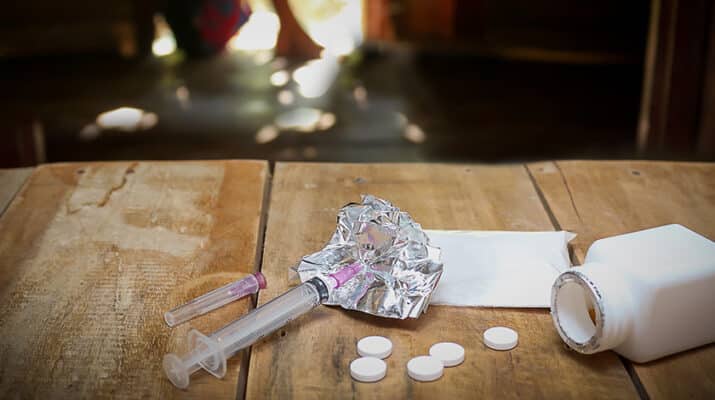By Deborah Jeanne Sergeant
Since 2021, a newcomer to substance abuse disorder has been making inroads in the area: xylazine.
Known as “tranq” on the street, the horse tranquilizer is not FDA approved for use in humans and is not under the jurisdiction of the Controlled Substance Act.
It is available as a veterinary sedative under the brand names of Rompun, Sedazine and AnaSed.
“Tranq or xylazine is not routinely tested for in toxicology testing or by medical examiners, so we are not able to speak to its overall prevalence in New York state,” said Evan Frost, assistant director of communications and public information with the New York State Office of Addiction Services and Supports (OASAS) in Albany. “We do know that it has been found in testing conducted in New York City, and there have been instances of wounds and skin ulcers related to xylazine in other regions of the state, so we know it is also outside of New York City in some capacity.”
Xylazine is most often used as a “cutting agent” for illegal fentanyl mixes. A cutting agent is a cheap and readily available drug — xylazine in this case — mixed with the more expensive and harder to obtain drug such as fentanyl.
Sometimes cutting agents heighten the effect of the more expensive drug. With xylazine, the unintended effects can include bradycardia (slow heart rate), blurry vision, central nervous system depression, unsteady gait, slowed or stopped breathing, low blood pressure, hypothermia, high blood glucose levels, severe withdrawal, pinpoint pupils, necrotic skin ulcerations (may occur at other areas beside injection site with repeated exposure), coma and death. Because xylazine is a sedative, it is sometimes combined with stimulants like methamphetamine and cocaine.
“We have heard about tranq for two years,” said Brandy Vandermark-Murray, senior vice president of operations at Horizon Health Services, which operates in locations throughout Western New York. “A lot of times, you have people using tranquilizers to cut heroin to increase its effect. People use synthetics in opioids to increase the high and it can be fatal. I haven’t seen a ton of tranq in Western New York, but every use is a chance they’ll overdose.”
Western New York has not seen rampant use of xylazine so far, but physician Tony Lin, addictions medicine specialist with UBMD Family Medicine, said that its presence may go undetected.
“We don’t routinely screen for xylazine, so I don’t know if people are getting it knowingly or unknowingly,” he said.
The presence of the many equine businesses and farms in Western New York may be easier to access xylazine than in urban areas.
Because xylazine is often used to cut fentanyl and other drugs, it may be even more dangerous than a single, known drug in case of an overdose. Healthcare providers in these cases have little idea of what the patient has taken and it makes treating overdosed patients more challenging.
“Narcan is good for opioids, like methadone, morphine and fentanyl,” Lin said. “Xylazine is not an opiate class medication. It is like a blood pressure medication and has some sedatives.

